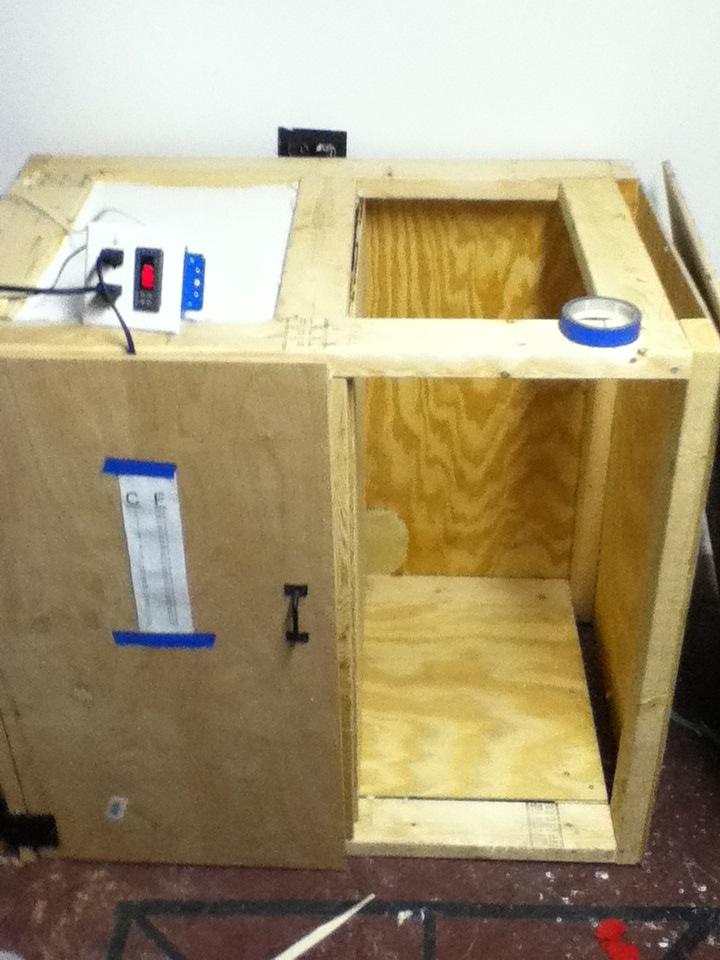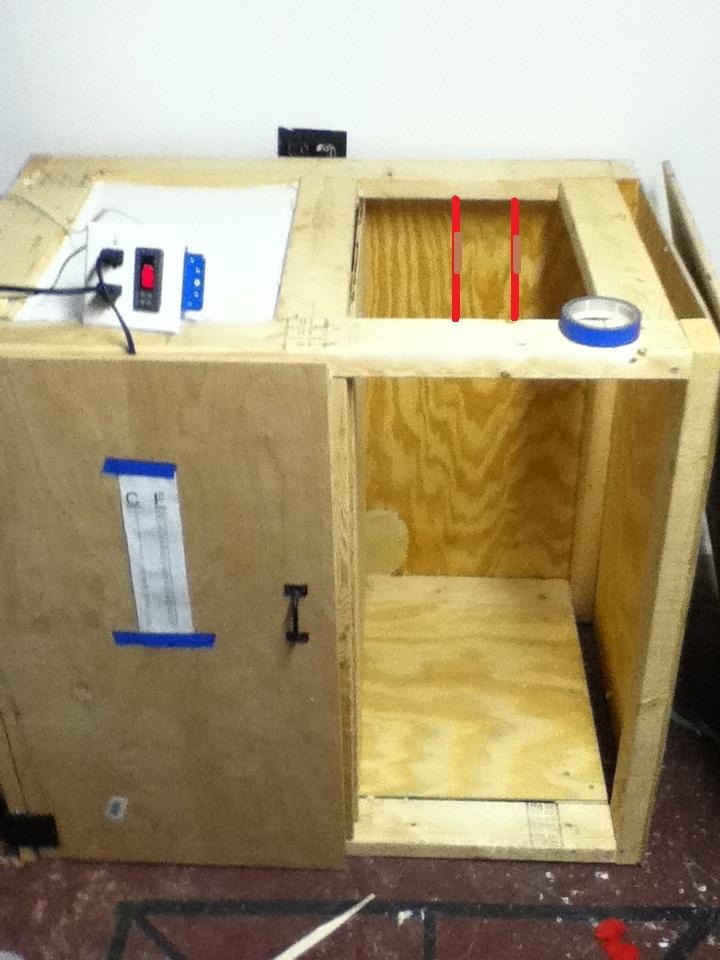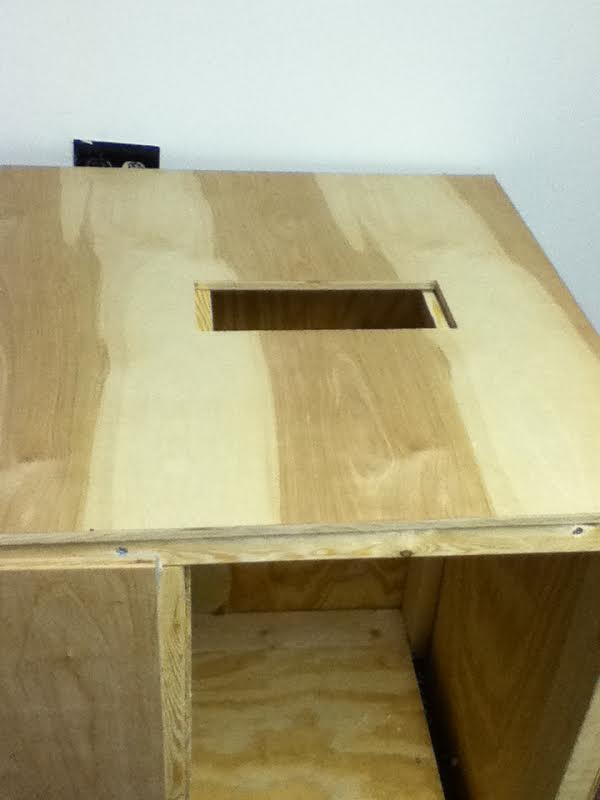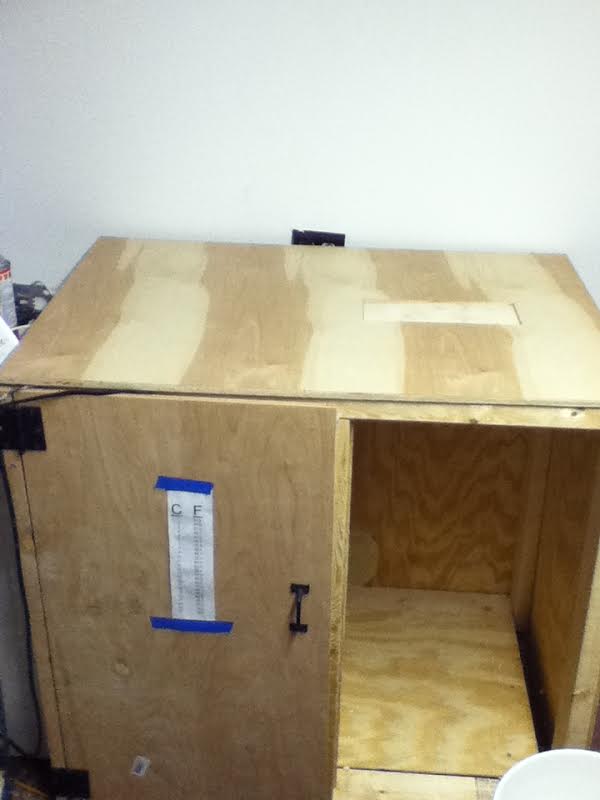Rundownhouse
Well-Known Member
I finished this workbench/fermentation chamber the other day. I had planned on the left side being closed off and insulated for fermenting, and the right side I want to set up to have a bucket underneath and turn into a milling station. Here's where I'm not sure how to design it, though: How can I have a surface where I can place my mill (JSP Maltmill) and have the crushed grain drop through to a bucket, but when I'm not milling, have it be a level surface for being a workbench? It would be nice to have somewhere to work without a 9" x 3.5" hole in it, but I can't think of a way to build a door.










